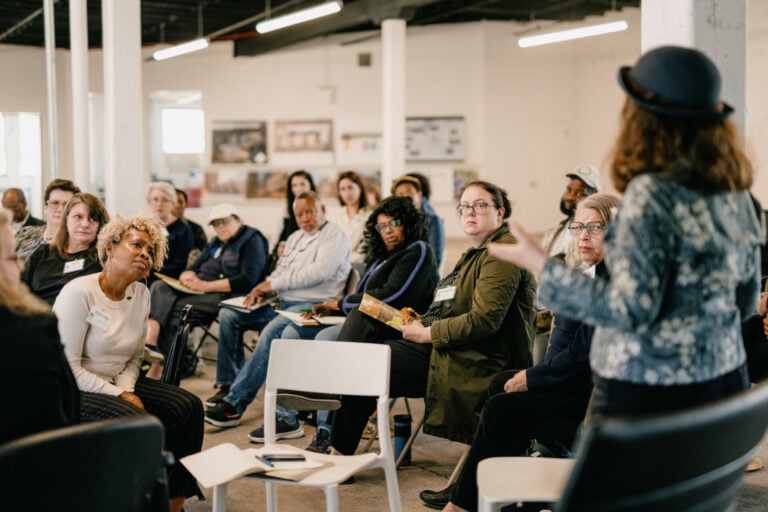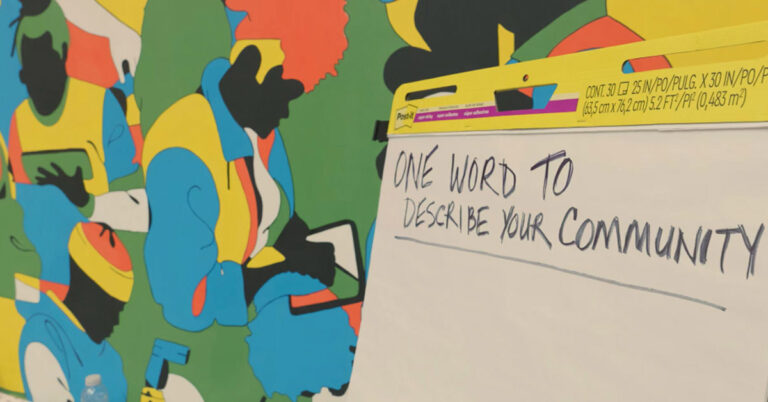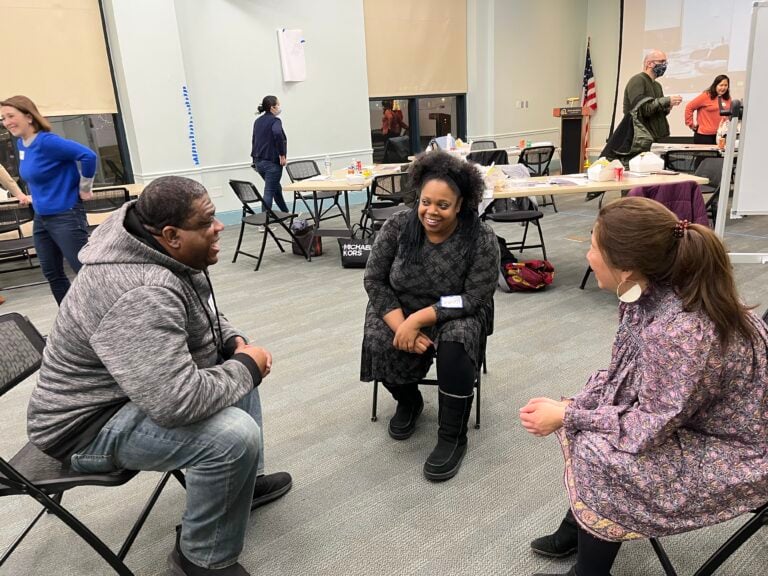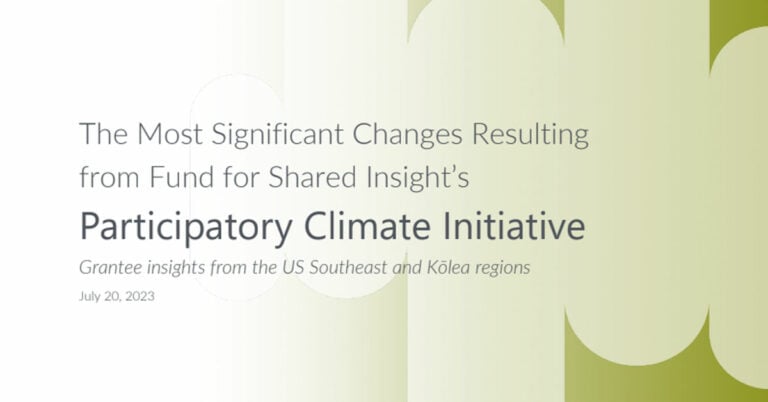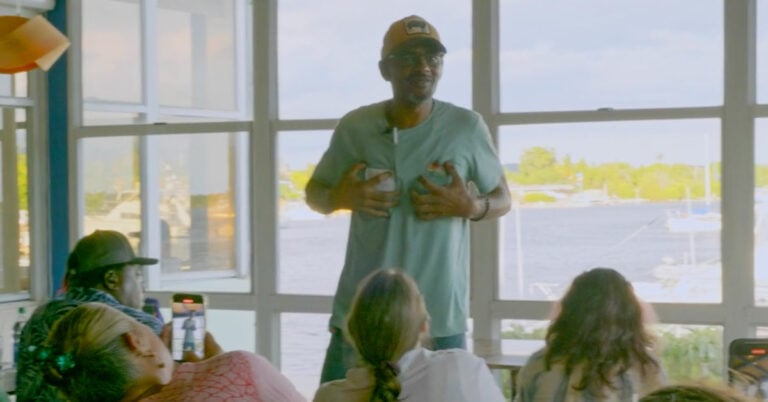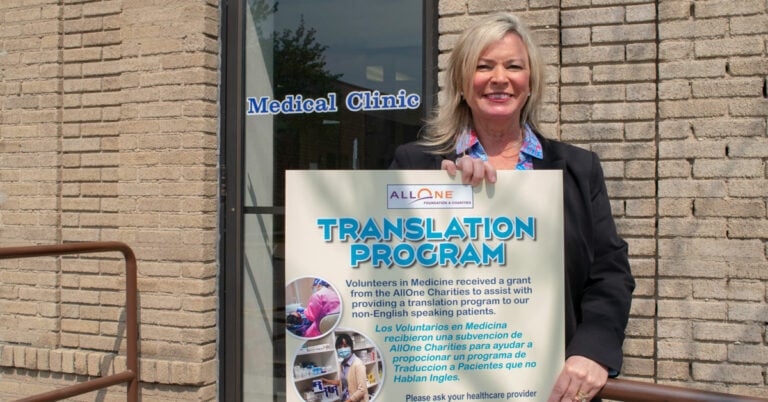When high-quality listening opens up opportunities for more participatory practices, you can be ready. Here you will find discussion guides about launching a participatory philanthropy process, concrete tools to help you design or improve your grantmaking, and reflections on how power shifts can happen in your philanthropy.
Introducing the Toolkit
We created this resource to offer insights, recommendations, and the nuts and bolts of design and implementation to inform and inspire your own journey toward more participatory practices.
Funder Readiness Assessment
Find here questions and discussion prompts to advance conversations about participatory philanthropy within your organization before deciding how you might implement new practices or programs.
Key Insights and Recommendations
Drawing from Shared Insight’s own participatory grantmaking initiative (see the “How We Did It” section for details), we offer reflections on our experience and ideas for how you can apply the learning to your own philanthropy. Here are nine insights and the practices we recommend in response.
- Use Expansive Definitions and Approaches
- Take a Holistic Approach to Funding
- Be Open to Communities’ Definitions of Geographic Boundaries
- Explore Trust-Based Participatory Philanthropy
- Aim for Radical Hospitality and Inclusion
- Increase Participation in Each Phase of Work
- Embrace Interconnectedness (Including Conflicts of Interest)
- Identify and Shift Administrative Risks and Burdens
- See Beyond the 501(c)(3)
Resources for Funders Ready to Go
When you are ready to start planning your participatory work, go here for sample documents and templates, like budgets and a project outline.
How We Did It: Shared Insight’s Participatory Climate Initiative
The Participatory Philanthropy Toolkit is based on the first-hand experiences of the funders, consultants, and community members who were involved in our Participatory Climate Initiative, a one-time program to explore participatory practices in grantmaking. This case study offers a detailed description of each phase of that work — what, how, and when it all happened — with takeaways to inspire or kickstart your own participatory processes.
How We Did it: Step-by-Step Look at Participatory Climate Initiative
The Participatory Philanthropy Toolkit is based on the first-hand experiences of the funders, consultants, and community members involved in a $2-million Fund for Shared Insight initiative exploring participatory practices in grantmaking. This case study offers a detailed description of each phase of that work, what, how, and when it all happened.
Participatory Philanthropy: Discussions and Hot Topics
- Heather Peeler
- ACT for Alexandria
- Winifred Olliff and Katy Love
- The Center for Effective Philanthropy
- Cecilia Borges Farfan
- ORS Impact
- Katy Love
- Fund for Shared Insight
- Claire Poelking
- John D. and Catherine T. MacArthur Foundation
- Fund for Shared Insight
- Sarah Stachowiak
- ORS Impact



